Forests and forestry
Forest protection
Forest protection support
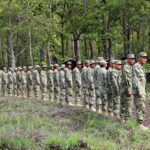
Cambodia is struggling to safeguard its forests while preserving economic growth since many people make a living via farming, logging, and other activities that might lead to deforestation. Almost 80% of Cambodians living in rural regions rely on forests for survival. On the other hand, ...
Forest protection

Deforestation has always been a problem in Cambodia since the 1970s, and it has aggravated inthe last decade. Some protected areas have been deforested. Between 2001 and 2018, Cambodia had lost 557,000 hectares (11.7%) of forest cover in protected areas.1 This loss has had an ...
Forest protection NGOs
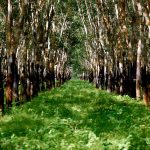
The protection of Cambodian forests is primarily the responsibility of the Ministry of Agriculture, Forests and Fisheries (MAFF) and the Ministry of Environment. There are, however, many non-governmental organizations (NGOs) working in the area, from United Nations (UN) agencies and other global bodies to locally-registered ...
Protected areas
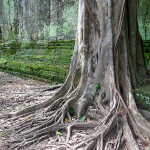
As Cambodia emerged from years of conflict, pressures grew on natural resources and sensitive areas. In response, a number of protected areas were created by royal decree in 1993 to protect ecologically and culturally important places. More detailed guidelines on managing the country’s protected areas ...
Protected forest
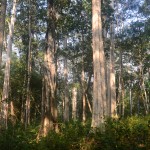
Protected Forests are generally established under individual sub-decrees, specifically for the purpose of protecting biodiversity and conservation. They are home to many endangered or threatened species. ...
National parks and wildlife sanctuaries
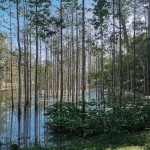
Cambodia’s national parks (or ‘natural parks’) and wildlife preserves were established under the 1993 Royal Decree on the Protection of Natural Areas. Although other areas have been added subsequently, there is currently no officially available list of all protected areas and their boundaries. ...
Community forest

The Forest Law of 2002 provides a legal basis for rural communities to use and help manage forests through community forestry. ...

